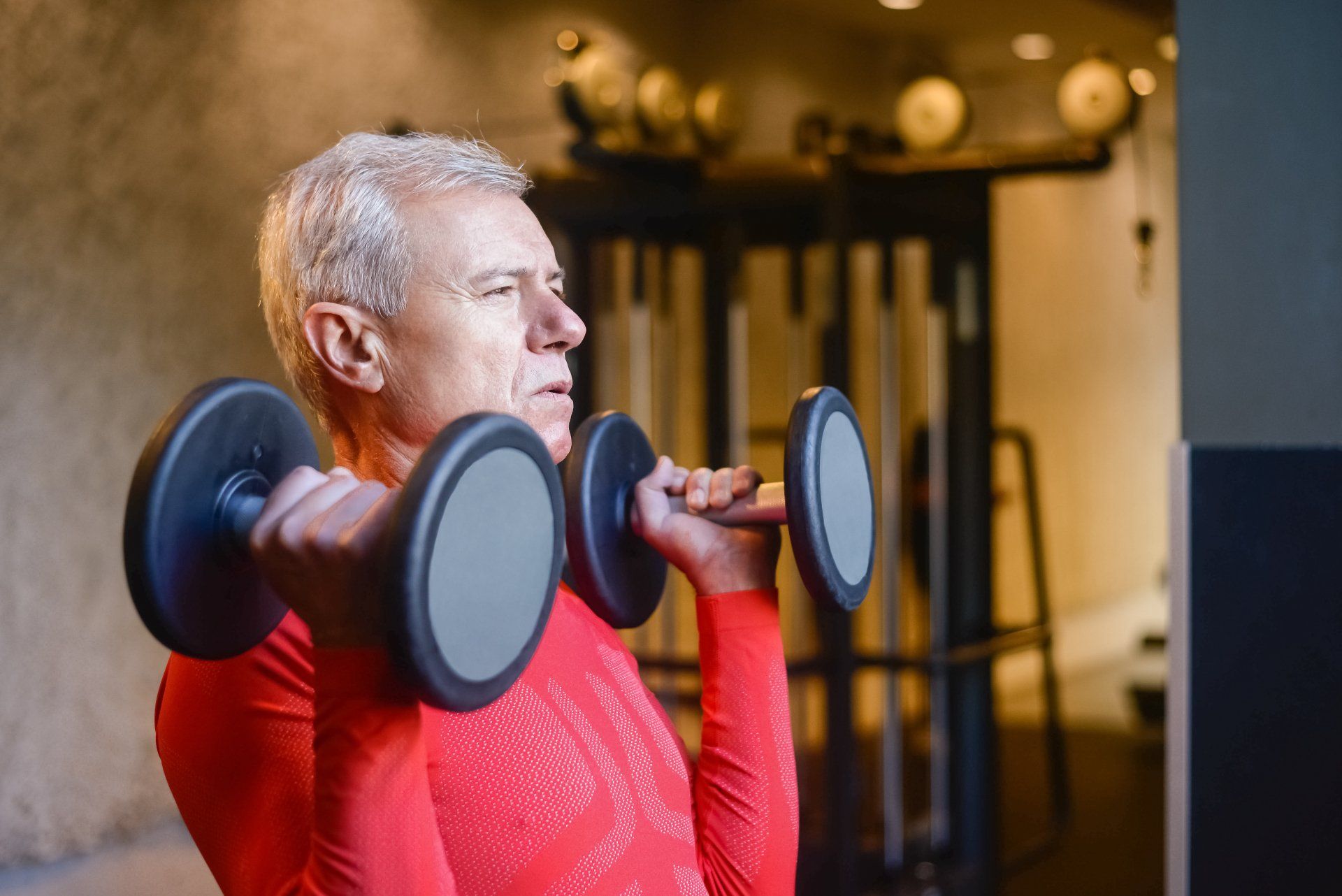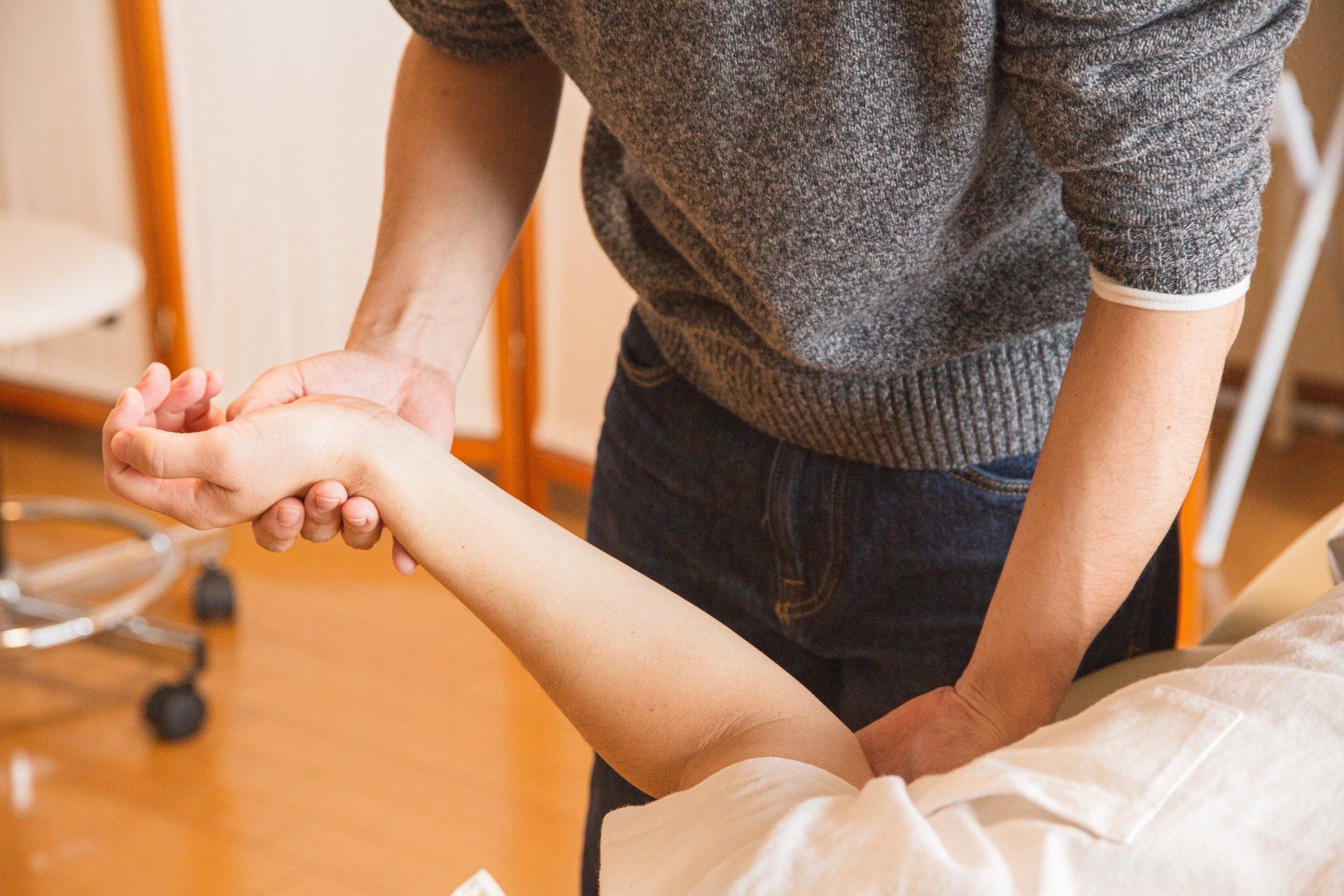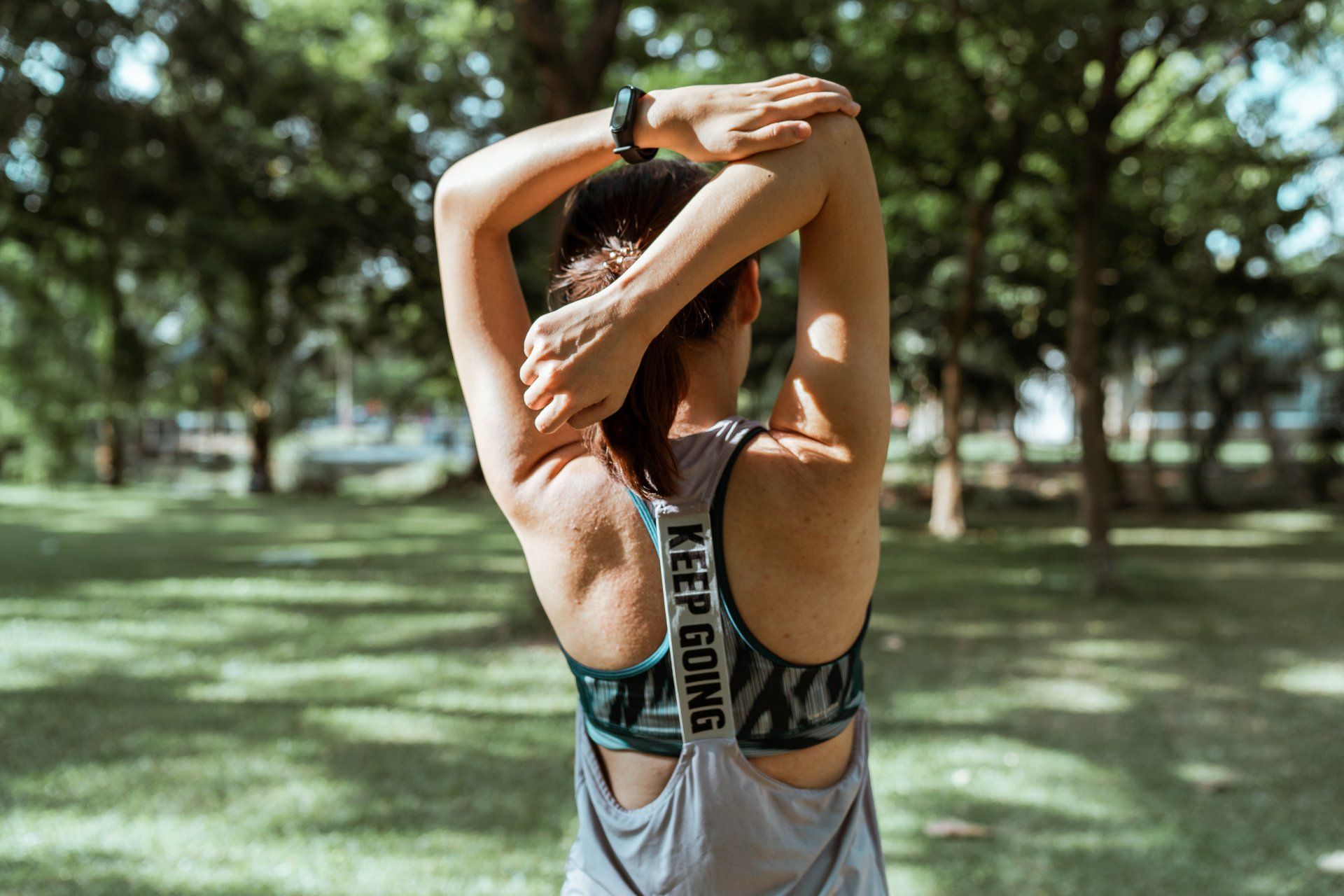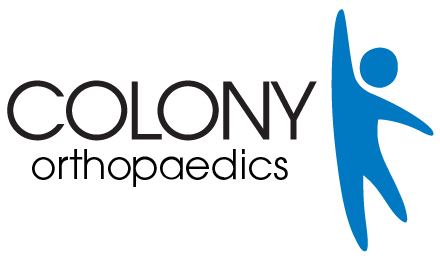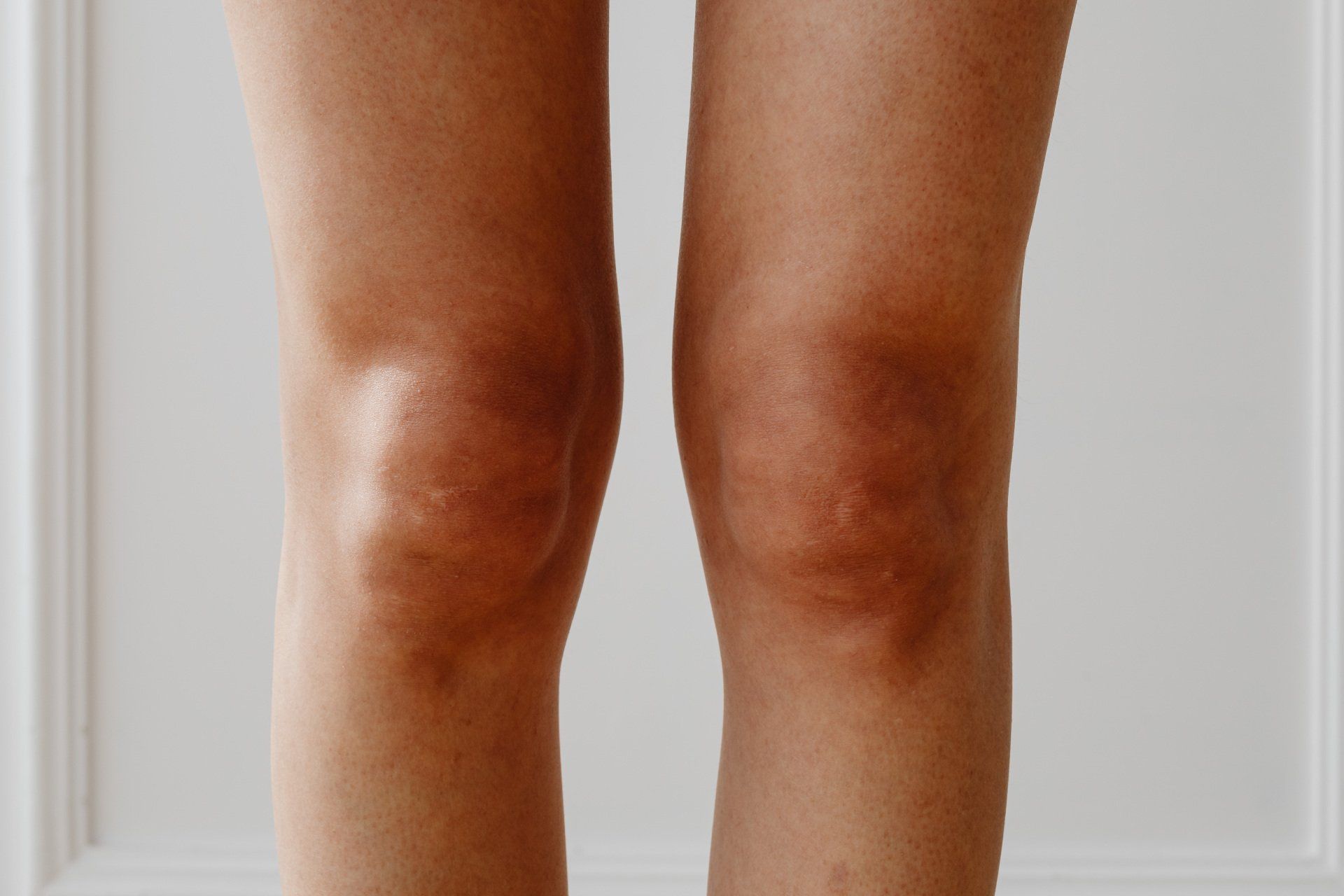Exercise: Just do it!
As we get older, even long before we are “really old,” we sometimes get out of the habit of exercising. We may get sore and stiff and tired when we do exercise. We may have gained weight over the years. As the demands of job and family compete for time, it is harder to find time to exercise. We sometimes develop medical illnesses that are temporarily debilitating. The decreased level of exercise leaves us deconditioned, “out of shape”. And any attempt at getting into an exercise program can be difficult, uncomfortable and frustrating. Activities that used to be fun become a chore.
People are living longer. How can we live most productively as we get older?
We can participate in activities we enjoy, such as skiing, tennis, hiking, basketball, even as we get older. But to do this, it is important to maintain flexibility, endurance, strength and balance. We need to exercise on a regular basis. People who do exercise regularly have more energy, increased mental alertness and handle stressful situations better. Increased flexibility and endurance means less soreness after physically demanding activities. Eating appropriately is important. People who start to exercise regularly look more vigorous and may begin to lose weight without consciously dieting.
How can I do it?
The short answer is “just do it”. For some of us there is a moment of sudden and profound awareness: “what happened to me? I used to . . . .” And this is followed, finally, by a resolve to “get in shape”. Even before this kind of moment, many of us have begun to consider that it might be possible to make things better and that it is time to begin exercising. The first step needs to be the commitment to do something important for yourself. It could start with setting aside time to exercise and then actually starting to do the exercise. How about just walking three times a week, twenty minutes each time? Use a watch. It is important to measure. Ten minutes out and ten minutes back. How far did you get? Three times a week. Every week. No excuses. Start simple. Get into it. Later it can be modified. Other exercise can be chosen. You’ll figure it out as you get into it. The best exercise is the exercise you actually do. Not the one you really mean to do but don’t quite get to. Don’t push. Just do it. Start with twenty minutes. Three times a week. Every week. Do it. Exercise. On the road, at the track, at home on a treadmill or a bike, at the gym.
Trainers and Physical Therapists
Having an appointment to meet with a professional can provide a focus and make the commitment to exercise easier to fulfill. A skilled trainer or physical therapist watching you and working with you can develop an interesting program of exercise that is appropriately challenging but not debilitating. Physical therapists generally begin conditioning by being focused on a medical problem, such as a painful knee or shoulder or an aching and stiff lower back or neck. This might be covered by insurance. Sometimes patients are referred to a physical therapist and find that they are enjoying the process. They make the commitment to exercise and transition relatively automatically to a general conditioning program. At this point a trainer can be very helpful.
What’s next?
How hard is the exercising? Any problems? Any pain? At first there may be some aching after exercise. It should pass without needing much medication. Pain while exercising?: stop. That pain may need to be checked by a physician. It would probably be wise to see your physician for a general checkup as you begin an exercise program. At some point — not too soon — it may be time to increase the exercise. You may be finding that you walk further in the same amount of time. Begin to push speed a little. Same amount of time. How far can you go.? After a while, increase the time. Find a more challenging route with hills. Figure it out and work it out. Pain while doing it: stop. Mild aching after: probably OK. If in doubt, get it checked out. Once you are into it, you can refine your program, change the exercise that you do.
After exercising, you’re not done.
Stretching after exercise is really important. Even without any special knowlege, try to figure it out. Stretch on your own. Take two or three minutes. Lean forward with hands against a wall, heels on the ground to stretch calf muscles. Bend forward gently heading to your toes to stretch the lower back and hamstrings.
Why?
It makes sense to “be in shape”. This requires exercising to build endurance, increase strength and improve flexibility and balance. Activities become more fun and can be shared with people who matter, even as we get older.

